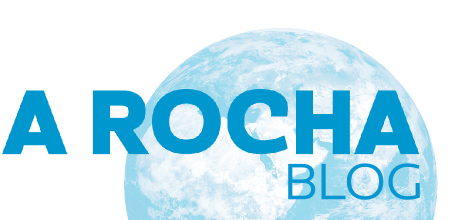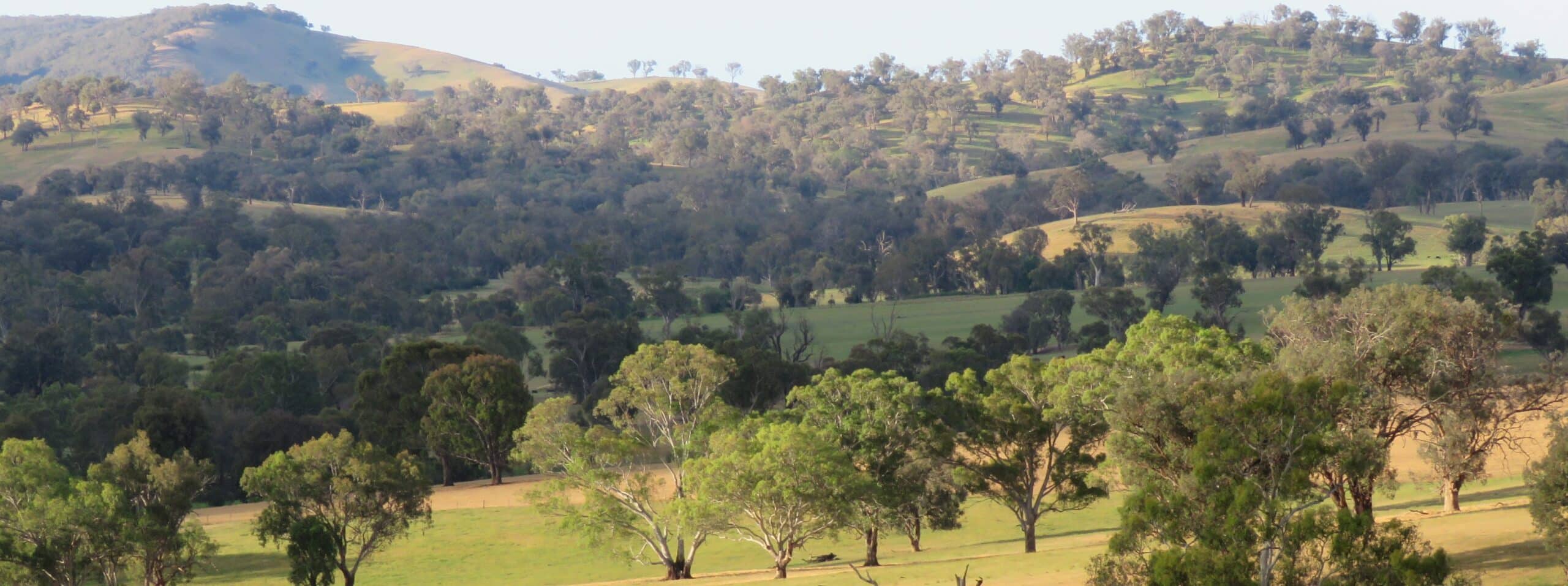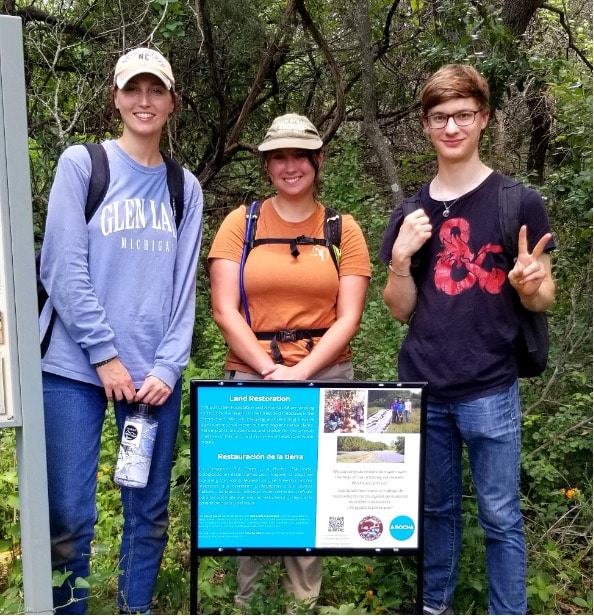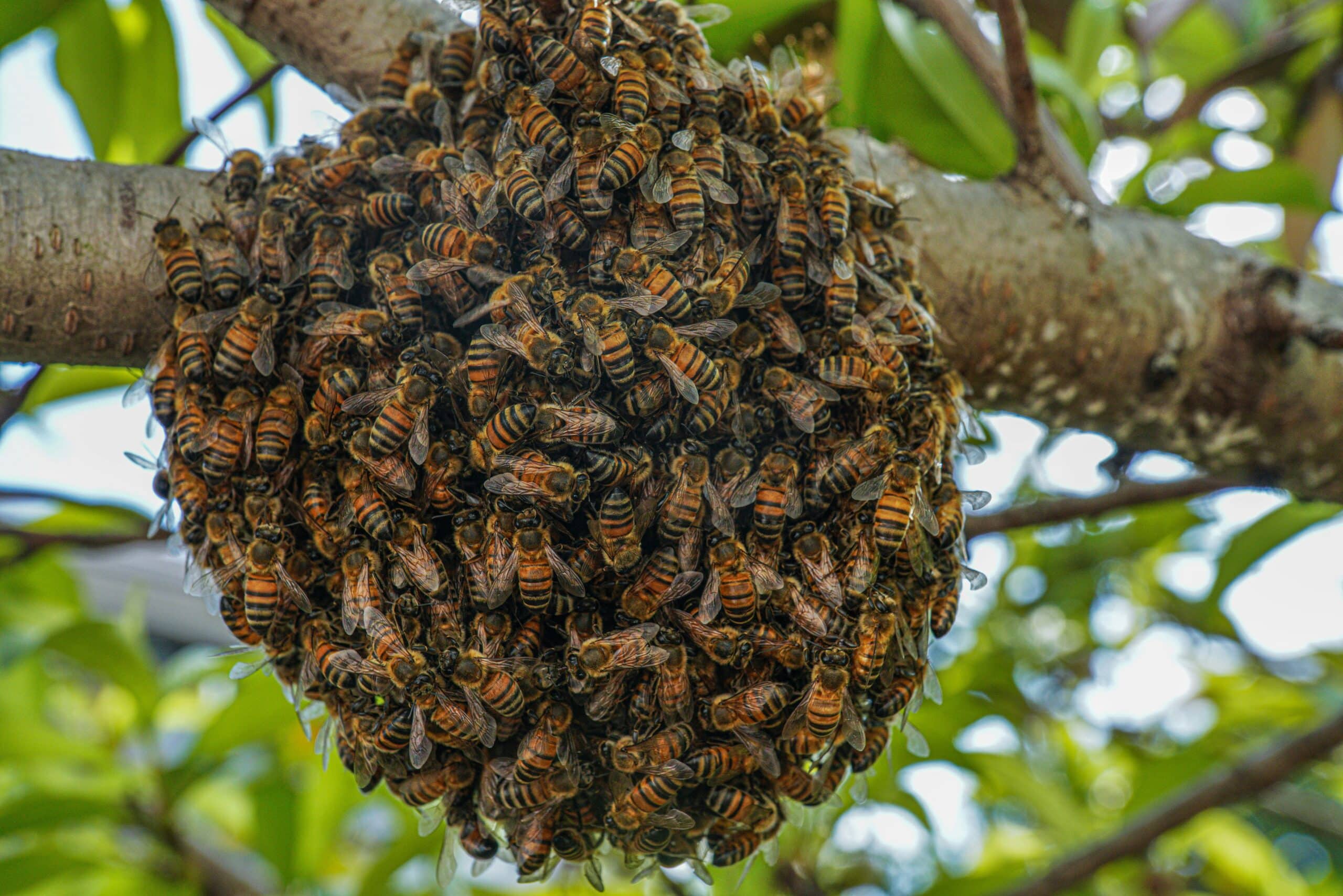Playing God? Deciding which species should live and die
Imagine you want to give money for a campaign to save a particular species, and you get to choose where your money goes. How would you choose? Maybe a furry creature or a big wild cat? Or, at the very least, something you can actually see in a photograph…? Certainly not an insect, and definitely not a moth! After all, you might think we have loads of insects, and that they cause a lot of problems too.
Alternatively, perhaps with further thought you might reflect on the usefulness of different species. Insects are critical for the pollination of edible crops, and so you might concede they should be prioritized over the ‘cuddly’ species with which we more easily empathize.
What would your criteria be for your own choice? Do you identify with any of the thoughts above?
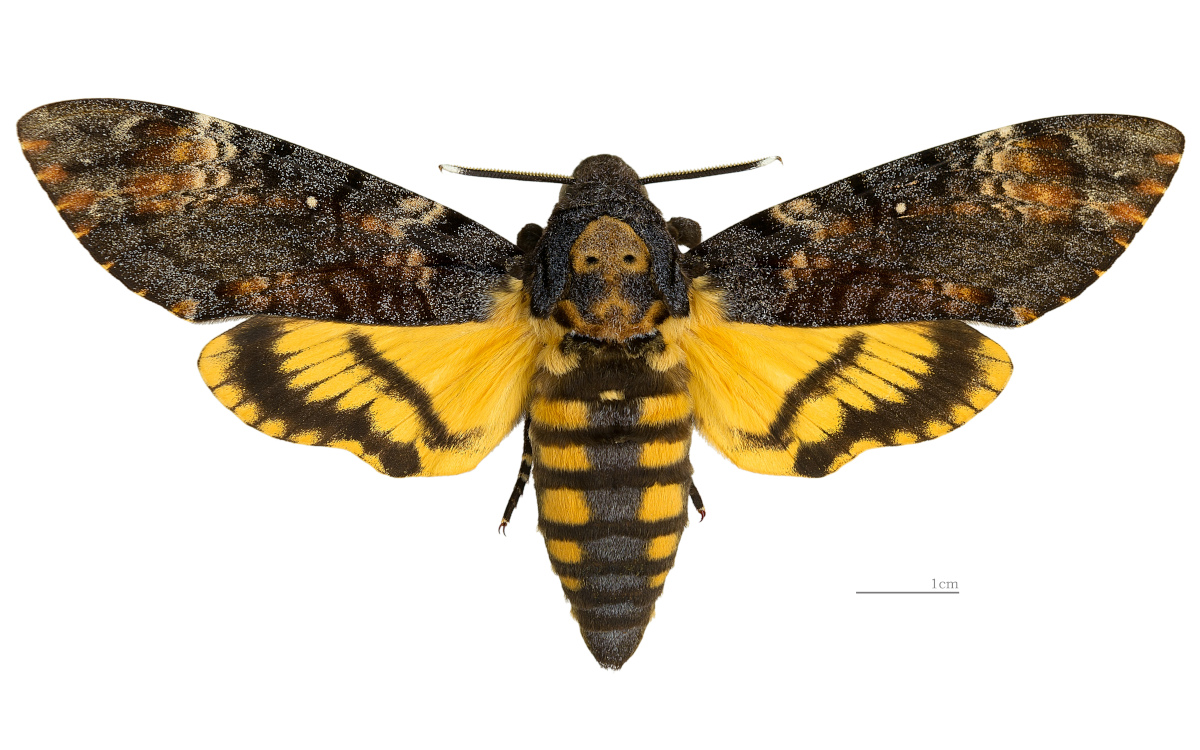
African Death’s-head Hawkmoth Acherontia atropos from the MHNT. Credit: Didier Descouens (CC BY-SA)
Both lines of reasoning above have something in common: their primary consideration is the relationship a particular species has to people. Our reasoning exposes something of our separation and detachment from wider creation in the way we live. Too often, we reduce wider creation to ‘natural resources’ available to us to use, explore and – ultimately – exploit.
For the past 16 years I’ve been working with moths, trying to explain to people how beautiful and important they are, and researching the importance of moths as potential pollinators. From my personal experience, there are two reasons why people fail to understand the role of the less ‘heart-tugging’ species:
- Prejudice and misconceptions about certain species. For example, the Death’s-head hawkmoth has a pattern vaguely shaped as a human skull, and consequently it has been used to symbolize death (as in the film “Silence of the Lambs”);
- A failure to connect our daily lives and experiences to nature around us: I once had a student who really believed the eggs we buy in the supermarket were produced in a different way from the eggs laid by chickens!
Our own preoccupation with the usefulness of wider creation for our own gain is symptomatic of our selfishness. We forget that the world was not created for humankind, but rather for God. From the start of creation there is a relational context of interdependence. We are in an equal relationship with creation, not a relationship of domination and submission.
There is joy to be found in starting from Genesis 1:31a, “God saw all that he had made, and it was very good”, and not from our own self-interest. Moths are very good indeed!
I hope that we can learn to seek God’s own appreciation as we pay attention to the unloved Death’s-head hawkmoth, and that we can remember that our shopping for food and purchase of eggs is worthy of thankfulness and gratitude for the creation of which we are a part.
In my own work, I have found a number of ways of cultivating this renewed approach to other species. The first is knowledge: people must know and understand their place in creation before true love, care and right relationship can flourish. Teaching is key to passing on this message, but before we can teach, we must learn. This is why research and investigation are so important, as they are critical to this cycle of teaching and learning. We must also undertake practical conservation so that our actions actually make a difference. Since it was founded, A Rocha has been doing all of this: research, environmental education and practical conservation in a wonderful way. We know that human exploitation is unsustainable, but we also know that our world belongs to God – this motivates us and gives us hope to continue our work.
Enjoyed this blog, and want to hear more about Paula’s work? She features on Episode 1 of our Field Notes podcast. You can listen here.
We are happy for our blogs to be used by third parties on condition that the author is cited and A Rocha International, arocha.org, is credited as the original source. We would be grateful if you could let us know if you have used our material, by emailing [email protected].
